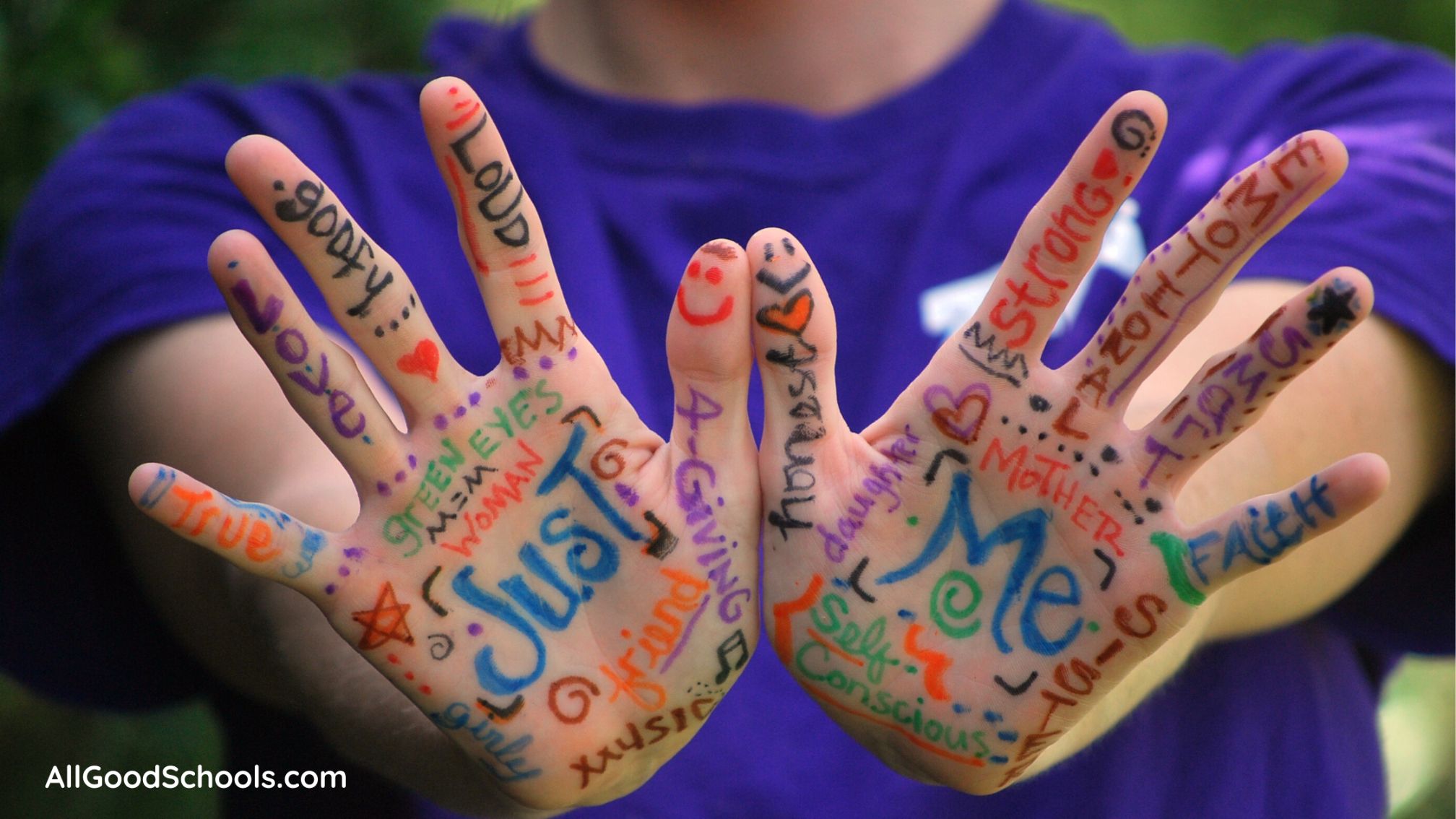Access practical advice and useful tips to improve your educational experience. Our Tips section offers guidance on a wide range of topics, from study techniques to classroom hacks, helping you achieve better outcomes
lack of knowledge about speech therapy shouldn’t stop you from pursuing the help your child needs. Before reaching out to a speech therapist, read these answers from All Good Schools












